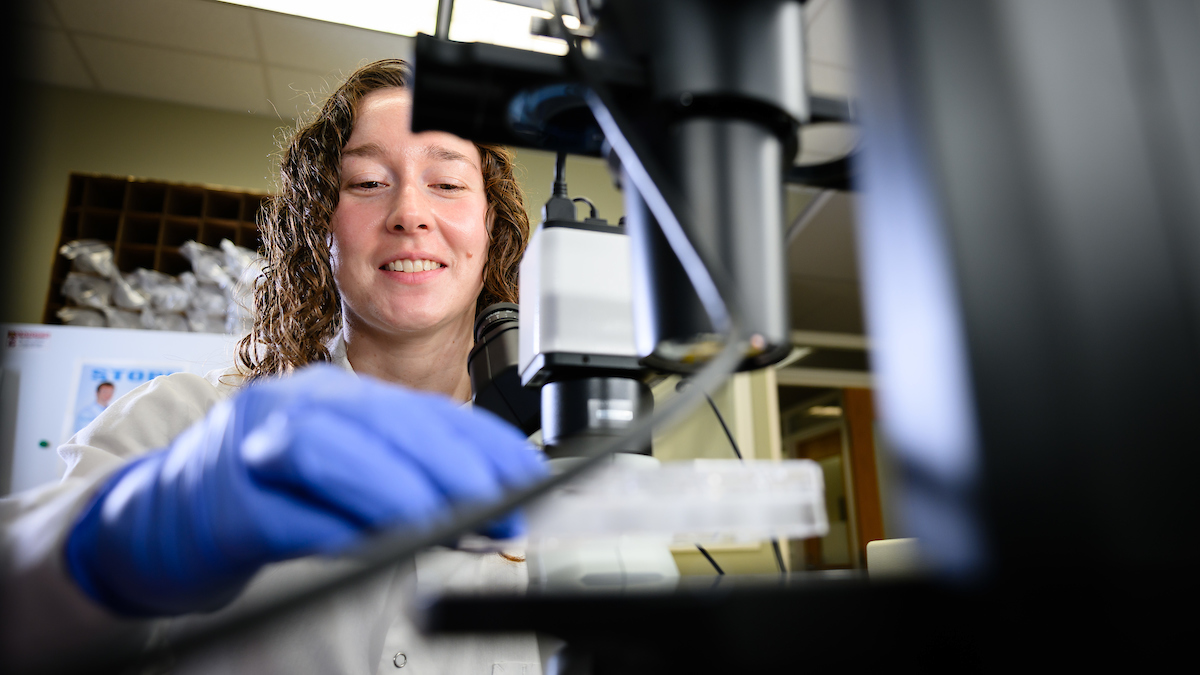Canine Bone Marrow Transplants: Making Our Best Friend Better
Dogs suffering from lymphoma are now able to receive the same medical treatment as their human counterparts through a new bone marrow transplant procedure offered by the Veterinary Teaching Hospital at North Carolina State University’s College of Veterinary Medicine.
The relatively new procedure involves the use of Leukophoresis machines—the same equipment used in human medicine—that are designed to harvest healthy stem cells from the peripheral blood. The machines are used in conjunction with drug therapy to harvest stem cells that have left the patient’s bone marrow and entered the bloodstream.
Harvested cancer-free cells are then reintroduced into the patient after total body radiation is used to kill residual cancer cells left in the body. This treatment is called peripheral blood stem cell transplantation.
“Canine lymphoma is one of the most common types of cancer in dogs,” says Dr. Steven Suter, assistant professor of oncology. “While the survival rate with current treatments is extremely low—about 0 to 2 percent—the cure rate for dogs that have received a bone marrow transplant is at least 30 percent. We see from human medicine that peripheral blood stem cell transplantation, in conjunction with chemotherapy, has raised human survival rates considerably.”
The harvesting procedure itself takes six hours and the patient remains in the hospital for two weeks following the procedure. The bone marrow transplant process is completely painless for dogs, although the dogs do experience some GI distress, manifested mainly as diarrhea, from the total body radiation.
“This is not a new technology, it’s just a new application of an existing technology” says Dr. Suter. “Doctors have been treating human patients with bone marrow transplantation for many years, and there have been canine patient transplants performed in a research setting for about 20 years, but it’s never been feasible as a standard therapy until now.”
The canine bone marrow transplant unit has attracted international interest.


